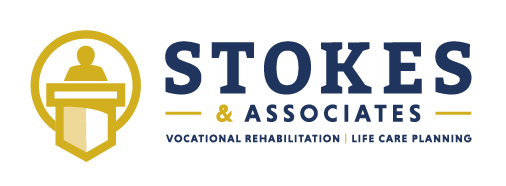By the Numbers: Using Statistical Data in Vocational Rehabilitation
A strong vocational analysis of potential lost earnings requires reliable and trustworthy data to compare the pre-injury to the post-injury earning capacity. The gold standard for assessing earnings is “triangulation.” Triangulation is a statistical assessment that facilitates the validation of data through cross verification from more than two sources. Tax information, pay stubs, and the claimant’s report of earnings (if a child, the parent’s report of earnings) help triangulate likely pre-injury. In order to increase reliability and validity of assessment of earnings, government statistical wages offer information regarding earnings over a wider sample size. The Bureau of Labor Statistics, the U.S. Department of Labor, and the United States Census Bureau continuously collect information regarding specific occupations and educational attainment with the associated wages.
One of the most useful datasets is the Occupational Employment and Wage Statistics (OEWS) survey. The OEWS includes roughly 830 occupations and wage estimates for those occupations. The OEWS estimates are constructed from a sample of about 1.2 million employers. The earnings are reported by Metropolitan Statistical Areas, by state, or at the national level at the 10th, 25th, 50th, 75th, and 90th percentiles. These levels are helpful in determining wages as a function of experience and time.
Another useful dataset is the Population Survey Tables for Personal Incomes (PINC). The PINC data is a collective effort of both the Bureau of Labor Statistics and the Census Bureau. The data is organized by educational attainment, gender, race, ethnicity, and amount of time one has worked. The vocational counselor can use this information to assess typical wages for varying educational attainment levels. PINC data is particularly useful in estimating wages for injured minors or others who have not yet established a clear work or earnings history.
By using a broad data set, a claimant’s actual, reported, or anticipated earnings can be compared with the earnings relative to the occupation, geographical area, and educational attainment, or anticipated educational attainment if not for injury. These data sets allow the vocational counselor to assess how the claimant’s wages align with industry standards. By analyzing multiple wage sources, the vocational counselor is able to base their opinions on substantiated data which validates those opinions.
